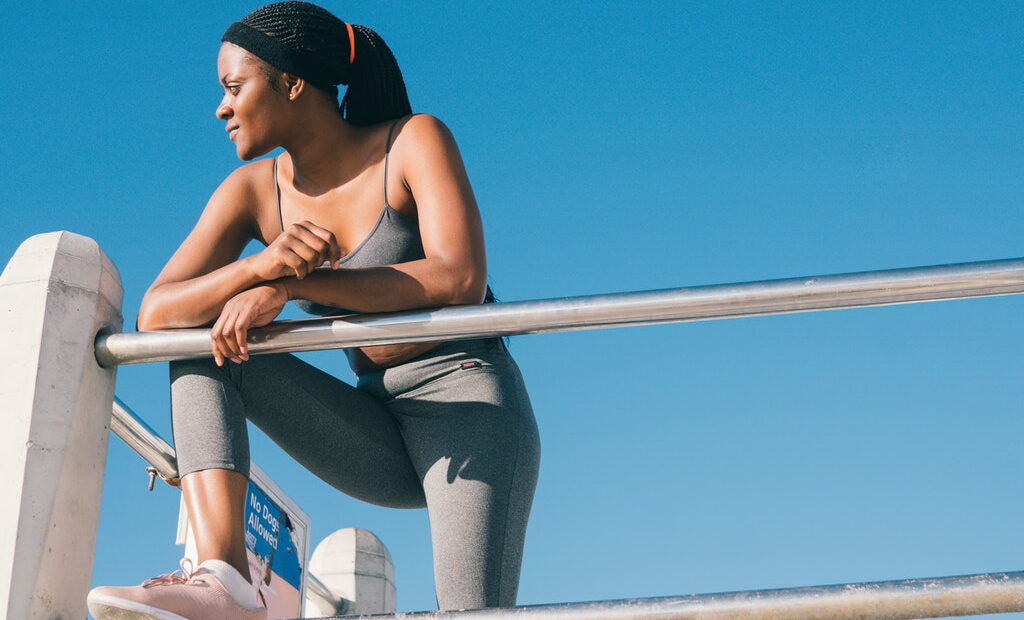Five ways to make exercise less boring

Many of us see exercise as a chore, a boring task we must endure in order to maintain our health. Indeed, a quarter of people avoid exercising frequently because they don’t enjoy doing so.
But it doesn’t have to be that way. Not at all. Here are five ways to make exercise more exciting.
1. Work out with a friend
For those don’t particularly like exercise and constantly look for an excuse to get out of it, buddying up with a friend is the best kind of motivation. The first benefit of this is that it gives both people extra accountability to turn up, since they are relying on each other to be there. There is also an advantage during the session, since the other person can encourage and give the right motivation to stay on track and work harder, rather than getting sucked into a doom scroll when resting.
Aside from these benefits, training with a friend is just pleasant. It’s a chance to have a nice chat so that the gym becomes a social activity, like going to the pub. But instead, gym bunnies swap booths for benches, and bars for… well, bars.
2. Join a class
This can be in-person at the gym trying out something new, or a virtual class with a personal trainer. In a similar way to working out with a friend, these classes and sessions can increase motivation and make exercising more fun. There are so many options for this: there are spinning classes (anyone in London should check out 1Rebel or Psycle – it’s like working out in a club), Zumba, yoga, all that great stuff.
For something a little different, it might be fun to try a barre workout created by a professional ballerina. Barre is inspired by ballet principles, while also taking elements from yoga and Pilates to create a low-impact, high-intensity workout. Repetitive, small, targeted movements challenge the participant to work all the major muscle groups, including smaller muscles they’ve probably never felt working before.
3. The benefits of apps
There’s plenty of apps out there to support exercise. For runners and cyclists, Strava is a new best friend. Signing up allows users to share routes, times and all kinds of stuff with mates, neighbours and family.
Another great app is Runkeeper, which tells users mid-run what their time is. So if they’re running a 5k, every kilometre the app’s automated speaker will tell update on the pace, ensuring the runner knows if they are on track to beat their PB, or match whatever pace they’re aiming for. It makes a huge difference, since it’s not necessary to expend valuable energy checking a watch or to know the route well enough to know exactly how far along one is. To be honest, most of the time people who use these running apps in their training wonder how they ever coped without them.
4. Vary exercise routines
This is a big one. Varying up exercise is not only important for mindset and motivation, but the body also needs this in order to change. For instance, failure to mix things up during resistance training can lead to adaptive resistance, which is when an exercise has been done repeatedly over a long period of time and the body no longer responds to it. Muscle fibres have adapted to that motion, so they find it too easy. The way to overcome this is through progressive overload, but still, it is wise to vary movements, attacking the muscle from varying angles so that different areas are targeted. This will give a fuller, more developed look, and prevent muscular imbalances that can lead to injuries.
But this isn’t just a muscle growth thing, and runners need to do this too. Professionals vary up their training in order to maximise their performance: some days they’ll do short, fast runs, others they’ll do long ones. The body is very good at adapting, so to keep it on its toes it’s necessary to change things up.
5. Listen to some tunes
Although the occasional Zen workout with nothing but the desperate heaving of the lungs, the sweat dripping on the floor or clanging of iron bars is all well and good, there are some days when extra external stimulus is needed. It is proven that music has the power to increase the efficiency of your workout, making it one of the most powerful aids to use. It does so for a number of reasons, from reducing perception of fatigue and influencing heart rate, to distracting from the exercise to improving one’s mood during the workout.
So, aspiring fitness freaks should be sure to make use of music’s power. Whether it’s some aggressive Slipknot to make them drag up that deadlift, or high-tempo Eric Prydz to keep those leg pumping on a 10k, creating a high-energy playlist will get the best out of any workout.
The editorial unit




















Facebook
Twitter
Instagram
YouTube
RSS